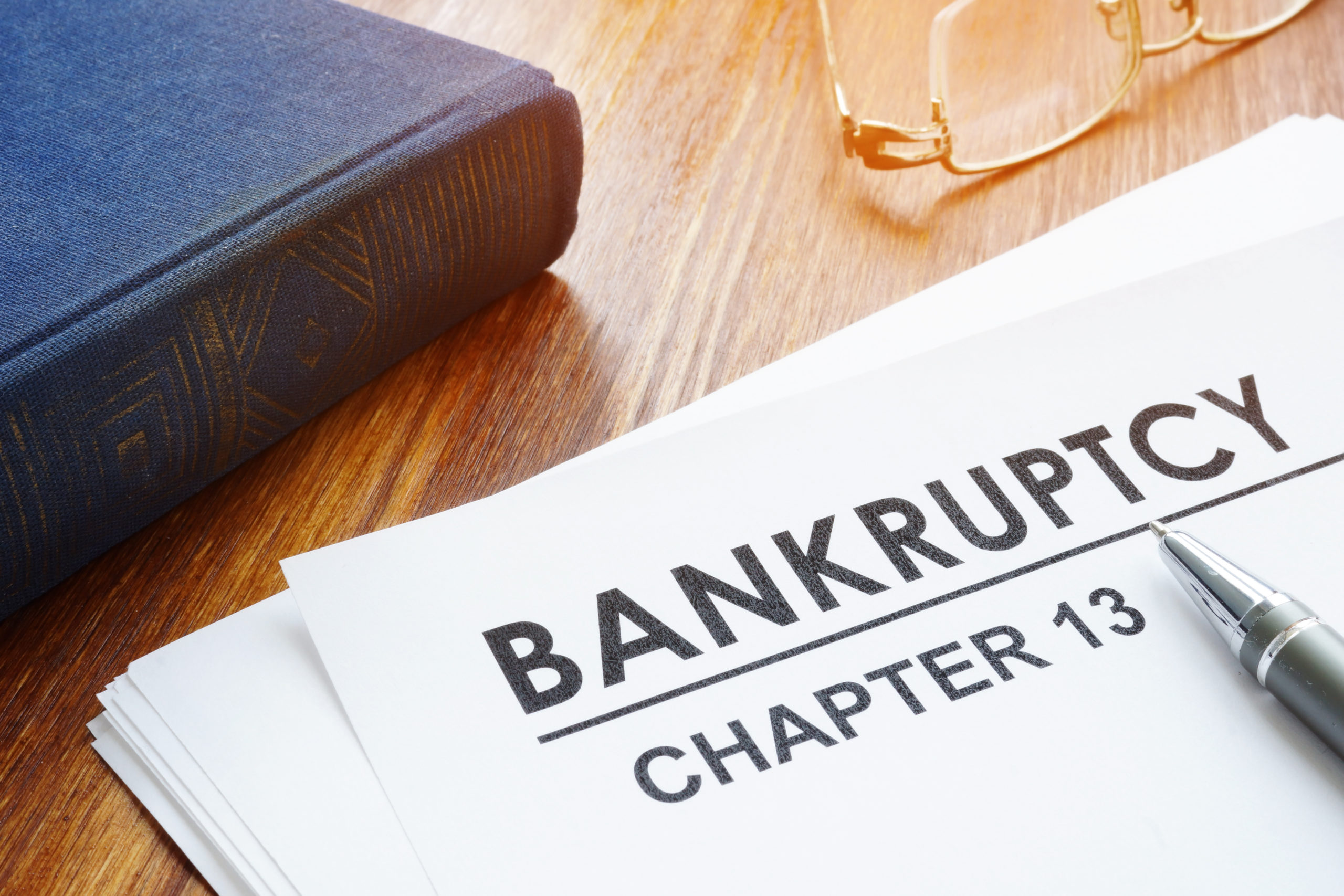Chapter 13 bankruptcy is a type of bankruptcy that allows individuals to repay their debts over a period of three to five years. Chapter 13 bankruptcy is also known as wage earner’s bankruptcy, because the debtor proposes a repayment plan based on their future income.
Who is Eligible for Chapter 13 Bankruptcy?
To be eligible for Chapter 13 bankruptcy www.loanblog.net/ the debtor must have a regular income and must be able to repay at least some of their debts. The debtor must also pass a means test, which is a financial analysis that determines whether the debtor has enough disposable income to repay their debts.
What Debts Can Be Repaid in Chapter 13 Bankruptcy?
All types of debts can be repaid in Chapter 13 bankruptcy, including credit card debt, medical debt, personal loans, and student loans. However, the debtor must propose a repayment plan that pays all of their secured debts, such as mortgages and car loans, in full. The debtor may also be required to repay a portion of their unsecured debts, such as credit card debt, based on their disposable income.
What Happens in a Chapter 13 Bankruptcy Case?
The first step in a Chapter 13 bankruptcy case is to file a petition with the bankruptcy court. The petition will include a list of the debtor’s assets, liabilities, and income. The debtor must also file a plan to repay their debts.
After the petition is filed, the bankruptcy court will hold a meeting of creditors. At the meeting of creditors, the debtor will explain their repayment plan to their creditors. The creditors may object to the repayment plan, but the bankruptcy court will ultimately decide whether to approve the plan.
Once the repayment plan is approved, the debtor will begin making monthly payments to the bankruptcy trustee. The bankruptcy trustee will then distribute the payments to the creditors.
If the debtor completes the repayment plan, the bankruptcy court will enter a discharge order. The discharge order will release the debtor from their debts.
Benefits of Chapter 13 Bankruptcy
Chapter 13 bankruptcy can provide a number of benefits to individuals, including:
- Avoid foreclosure: Chapter 13 bankruptcy can help individuals avoid foreclosure on their homes by allowing them to repay their mortgage arrears over a period of time.
- Keep assets: Chapter 13 bankruptcy allows individuals to keep their assets, such as their homes and cars.
- Rebuild credit: Chapter 13 bankruptcy can help individuals rebuild their credit by allowing them to repay their debts and demonstrate that they can manage their finances responsibly.
Drawbacks of Chapter 13 Bankruptcy
Chapter 13 bankruptcy also has some drawbacks, including:
- Lengthy process: Chapter 13 bankruptcy can be a lengthy process, lasting up to five years.
- Strict requirements: Debtors must comply with the terms of their repayment plan or they risk having their bankruptcy case dismissed.
- Limited debt discharge: Not all debts can be discharged in Chapter 13 bankruptcy. For example, student loans and alimony obligations are not dischargeable in Chapter 13 bankruptcy.
Conclusion
Chapter 13 bankruptcy can be a good option for individuals who are struggling with debt but who want to avoid foreclosure and keep their assets. However, it is important to weigh the benefits and drawbacks of Chapter 13 bankruptcy before making a decision.
If you are considering filing for Chapter 13 bankruptcy, it is important to consult with an experienced bankruptcy lawyer. A bankruptcy lawyer can help you understand your options and can help you develop a repayment plan that is feasible for you.





